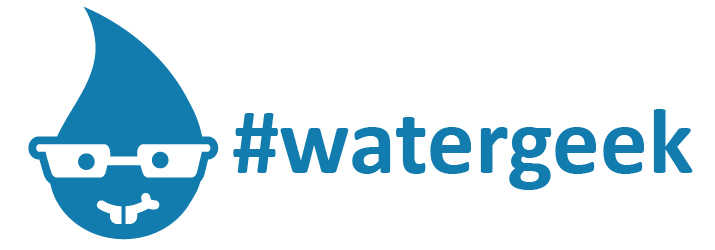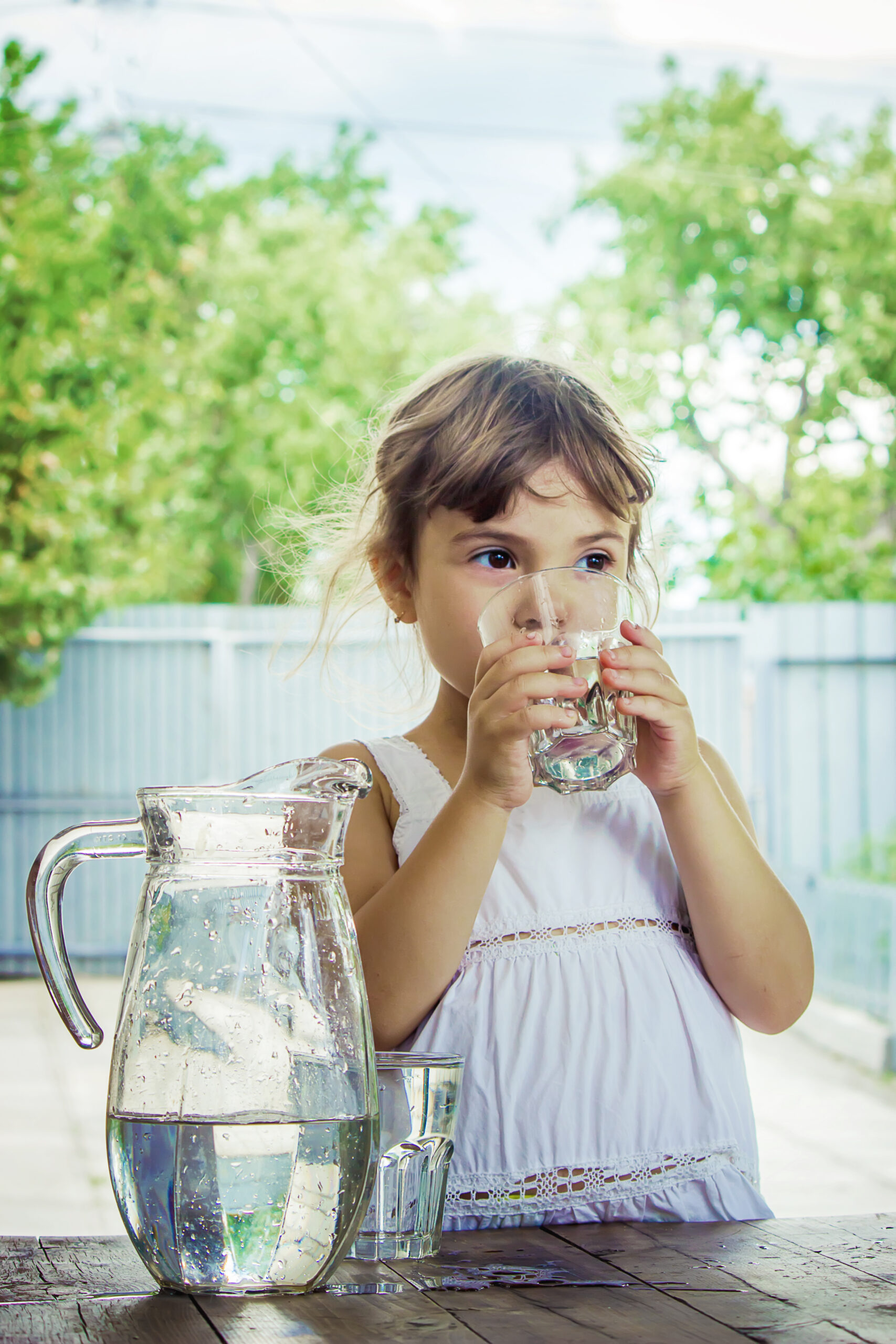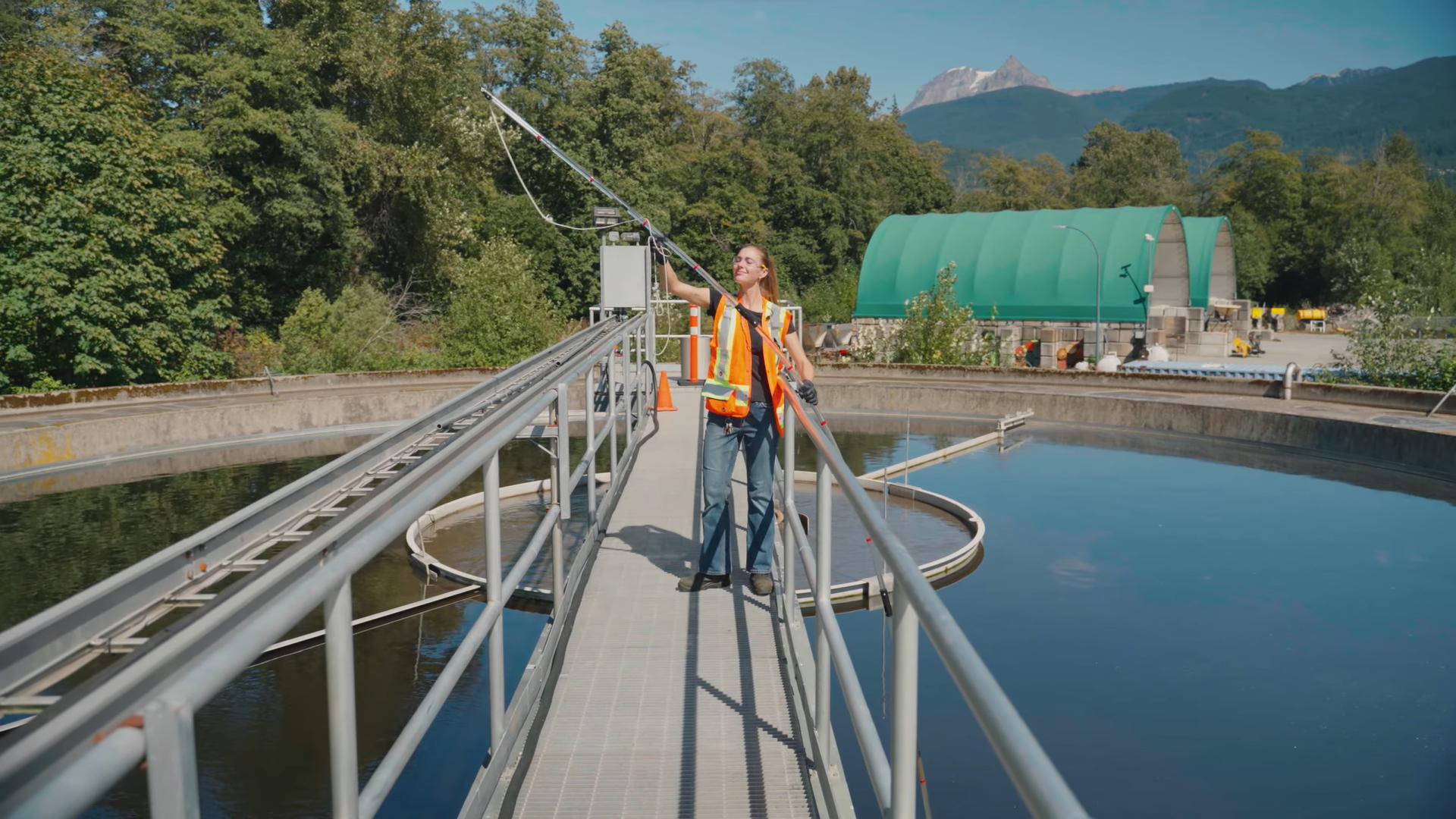CAREERS WITH PURPOSE
Become a #watergeekWhat is an Environmental Operator and what do they do?
—
Environmental Operators are responsible for ensuring the safe and continuous operation and maintenance of our water and wastewater systems.
Nature provides us with water, but its safe delivery to our homes and businesses requires an intricate system of pipes, machinery, and skilled individuals. Operating within this domain involves engaging in practical duties.
These responsibilities encompass an array of activities, such as examining and purifying water samples, maintaining and repairing equipment, as well as vigilantly monitoring and recording data from various sensors. Each facility, contingent upon its size, type, and geographical location, may present distinct tasks and employ diverse equipment and technologies.
Operators on the job
EOCP Operator Video Series is available on YouTube – Find out what Operators do!
How does one become an Operator?
To become certified as an Operator in Training or Level I Operator you are required to provide proof of completion of high school, GED, an adult graduation diploma, or a post-secondary diploma where high school is a requirement with your application.
Completion of a water/wastewater program at a post-secondary institution will help you enter the profession.
Educational institutions that have Operator training programs:
Then qualify to write an exam:
- Operator in Training (OIT) is an optional certification for new Operators, but it is not required to become a Level I Operator. OITs require three months (500 hours) of hands-on experience or 90 hours (9.0 CEUs) of training through a directly applicable, approved course.
- Level I Operators require 12 months (1,800 hours) of hands-on experience. The experience must be verified in the Application for Certification, and you must work or reside in BC or Yukon.
- If you want to become a small system or multi-utility Operator, please contact the EOCP Office to find out more about the requirements.
Benefits of becoming an Operator
The starting salary for a unionized Level I Operator is around $30.00 per hour! More details on a 2017 Salary Survey conducted by the Environmental Operators Certification Program can be found here.

Can work anywhere in the world!
The skills and knowledge of a water and wastewater Operator are in demand all around the world.

Passionate job
A fun, active job working with engaged, passionate people!

A career with room to develop and progress
With experience and ongoing education, you can move up to supervisory or managerial roles, further enhancing your career prospects.
A ‘recession-proof’ career
Being an Operator provides job stability and security.

Great wages and benefits
Facilities recognize the importance of skilled Operators, and as a result, they often offer competitive wages and benefits packages.

Purposeful work
Tangible work that results in a healthy community and protected environment.
Join us in the journey of safeguarding the environment, promoting public health, and making a difference every day. Your expertise as a Water and Wastewater Operator can help preserve our planet’s most vital resource.
Don’t miss out on this opportunity to turn your passion into a purposeful career.
How does water get from the source to our taps?
In municipal water systems, water is withdrawn from the water source and treated before it is pumped to our homes and businesses.
The quality of the source water determines the type of treatment method. Most systems will include several stages of filtration (to remove suspended particles, debris and algae) and disinfection (to remove bacteria and viruses and purify the water).
Disinfection methods include chlorination and treatment with UV (ultra violet) light.
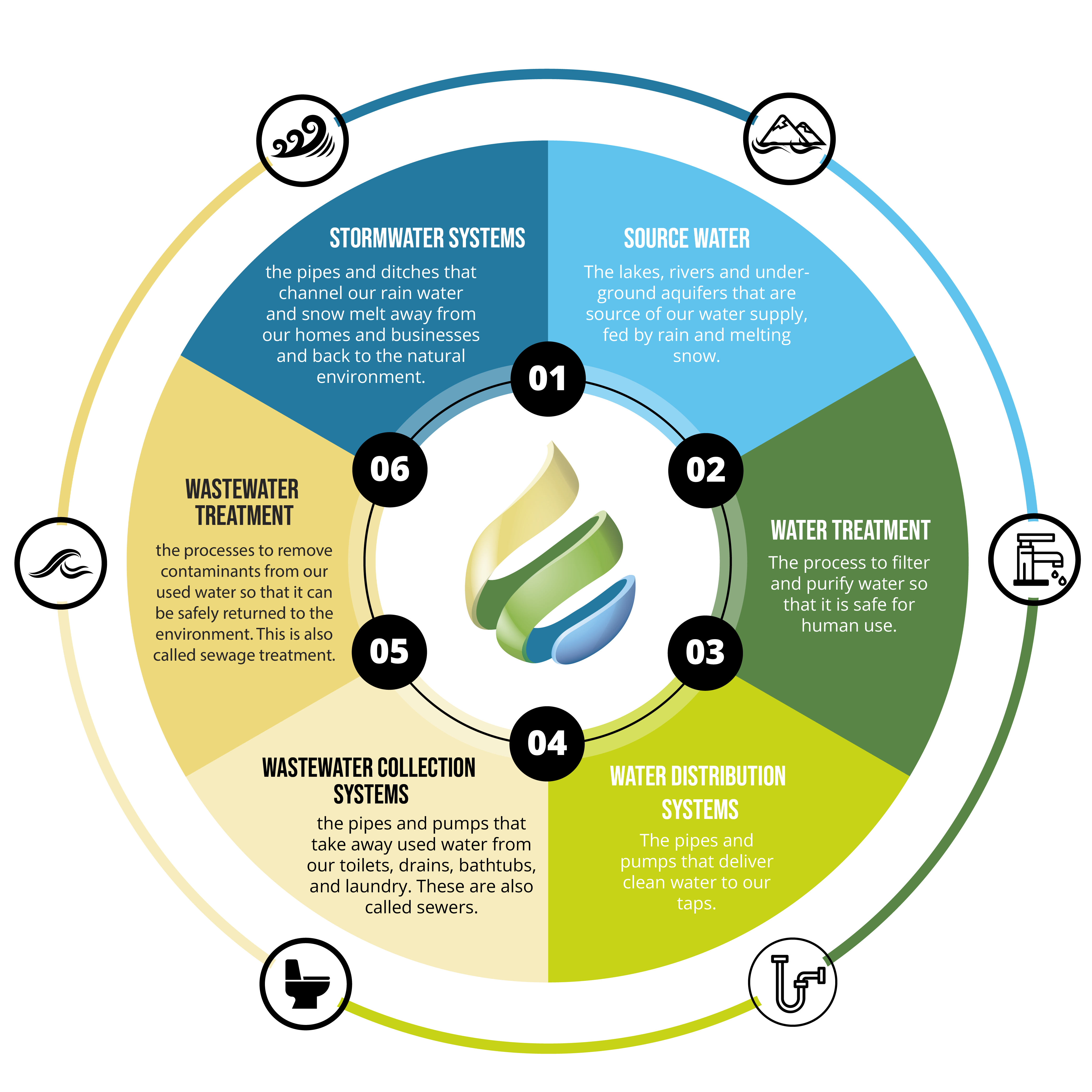
Steps for Drinking Water Treatment
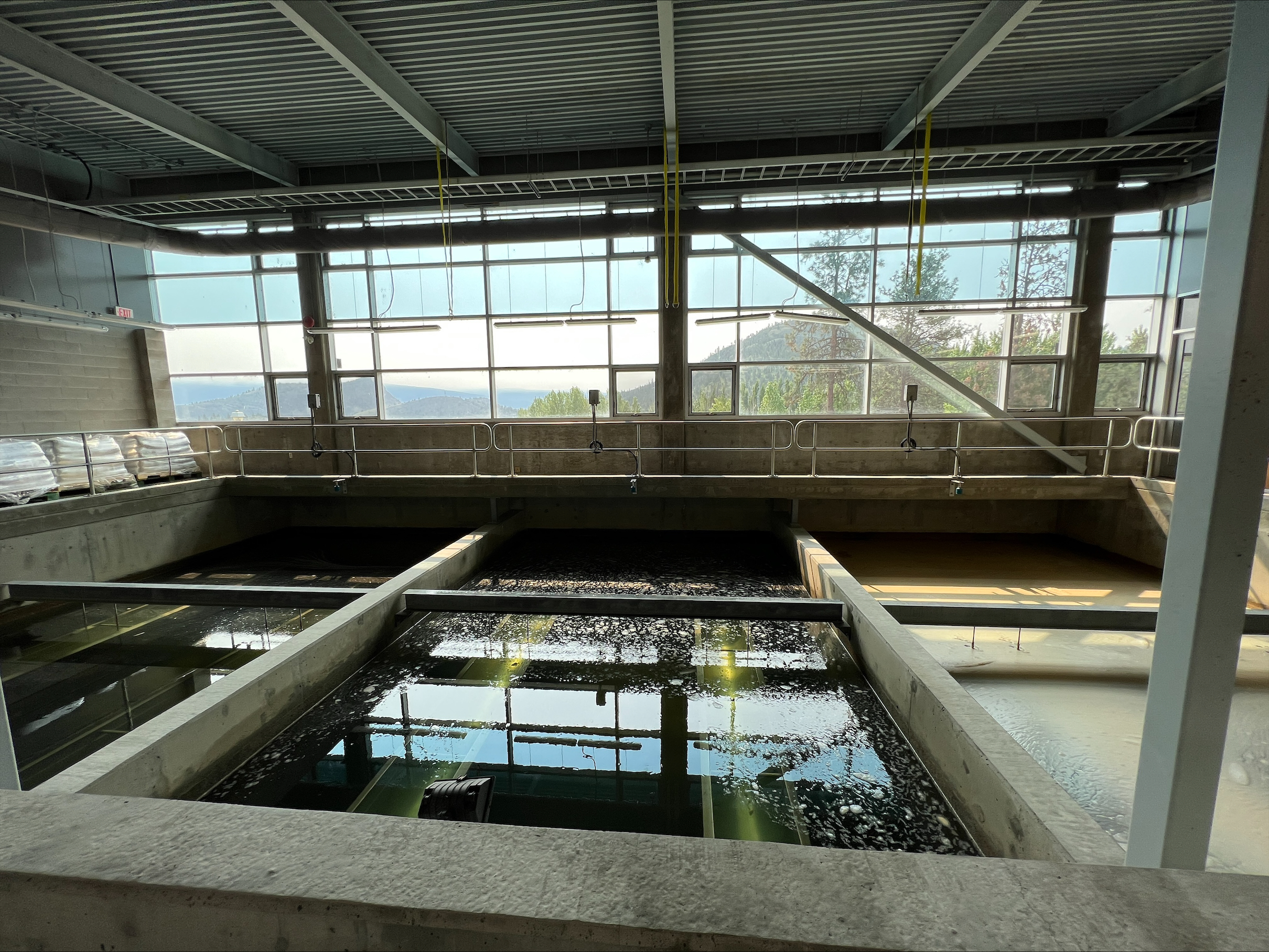
Coagulation
A coagulant is added to the water to neutralize dirt and other dissolved particles in the water.
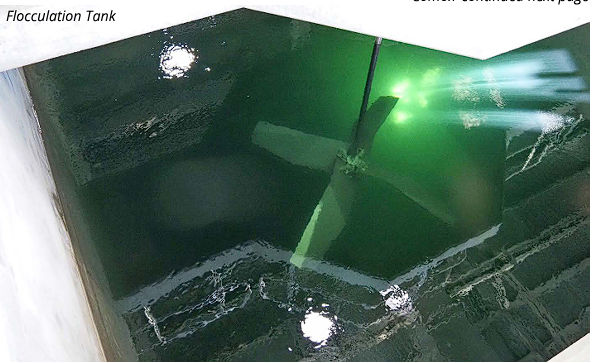
Flocculation
By mixing the water, solids are formed in larger clusters, or “floc”, to be removed from the water.
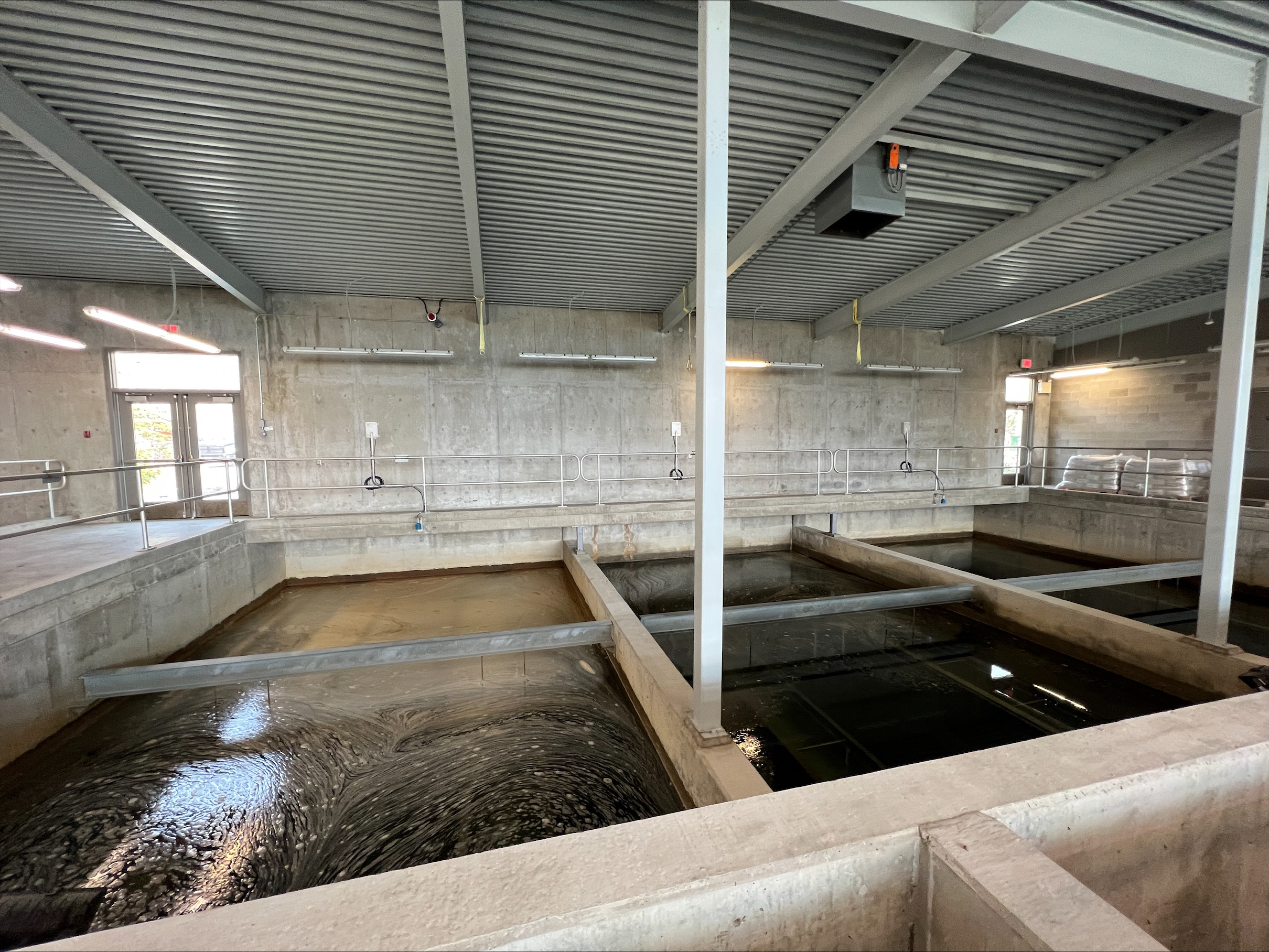
Sedimentation
The solids are separated from liquids. Flocs settle to the bottom of the water because of their density.
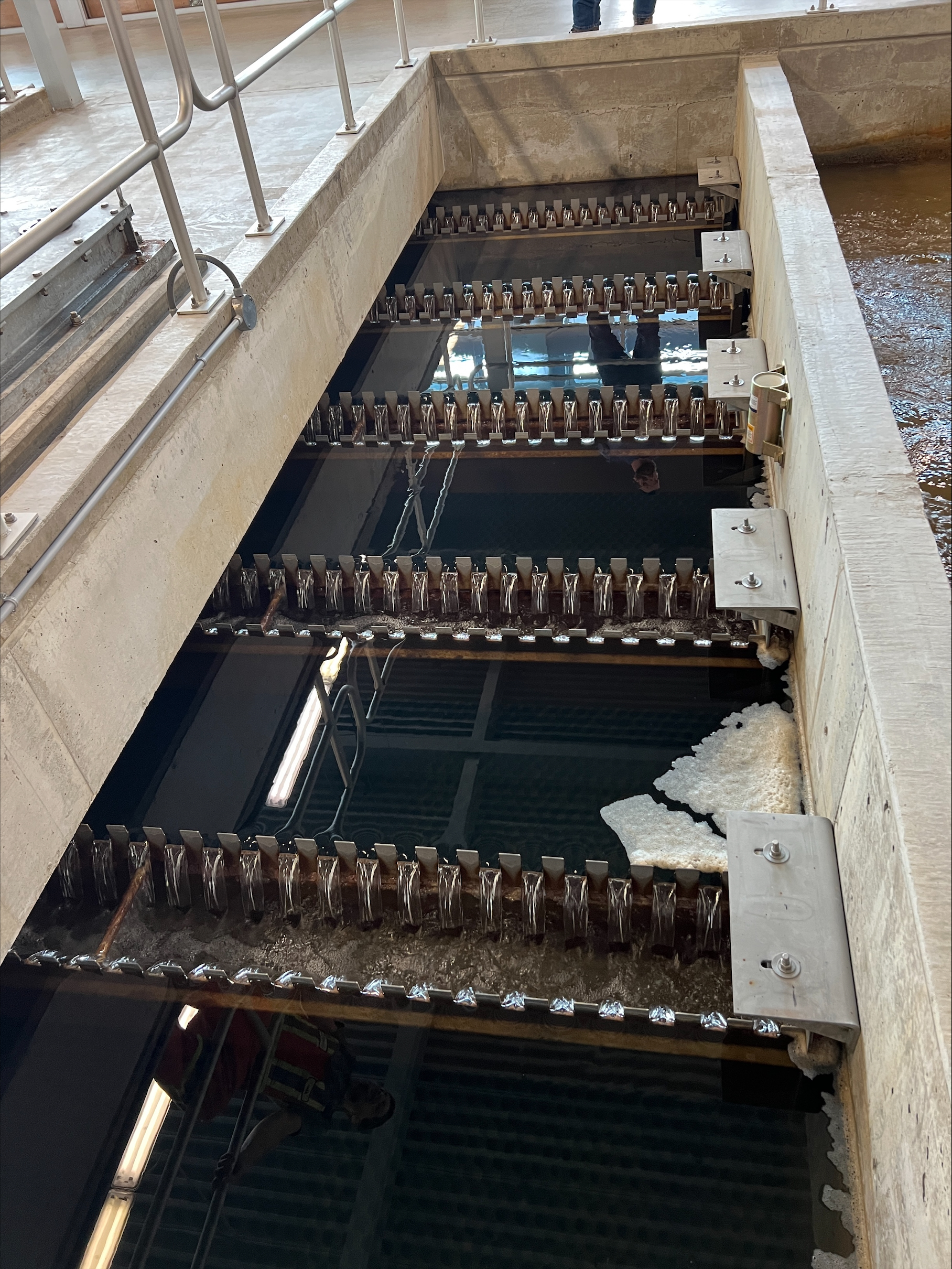
Filtration
Water is filtered and separated from additional solids. The clear water on top is filtered to separate additional solids from the water.
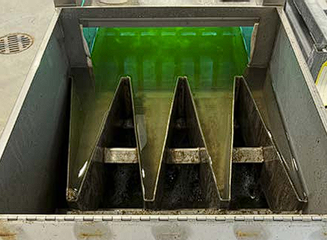
Disinfection
The water is then treated with chlorine and/or UV to kill any remaining parasites, bacteria, or viruses, and then is distributed.
What happens to wastewater?
When the wastewater flushed from your toilet or drained from your household sinks, washing machine, or dishwasher leaves your home, it flows through your community’s sanitary sewer system to a wastewater treatment facility.
The wastewater from homes, along with wastewater from businesses, industries, and other facilities, is treated by a variety of processes (see inside for more information) to reduce or remove pollutants.
Steps for Wastewater Treatment
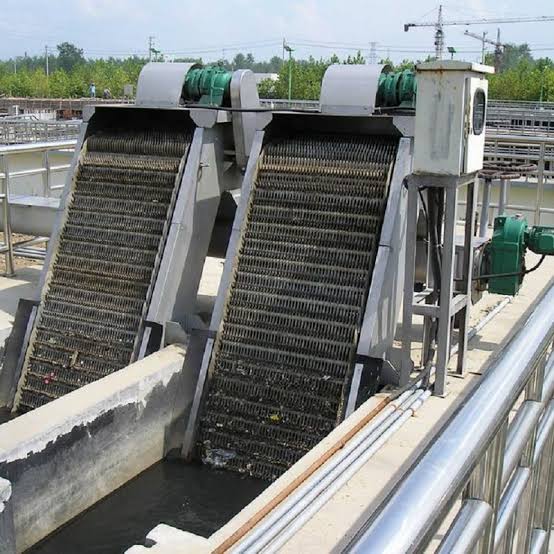
Preliminary Treatment
This step is used to prepare water for purification during the following phases. This process separates out the large and medium-sized solid waste using different thickness screens and sieves.
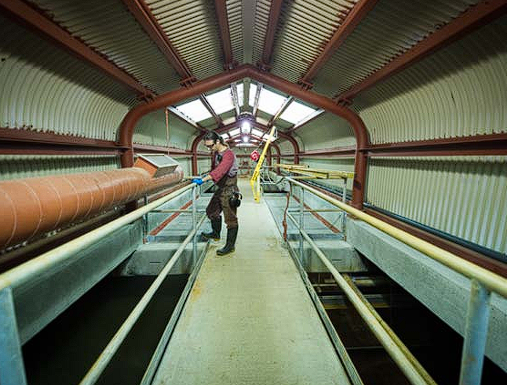
Primary Treatment
The objective of this stage is to remove part of the suspended solids.
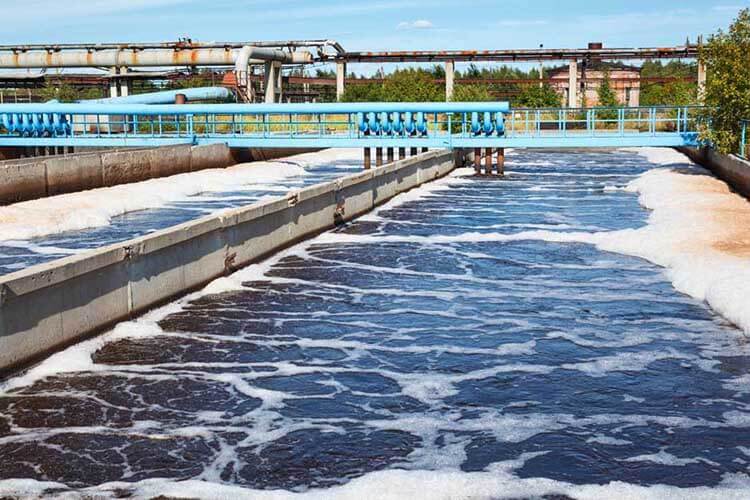
Secondary Treatment
This process is designed to remove organic matter from the water. It generally utilizes bacteria and microorganisms to degrade and eliminate the organic matter and the different nutrients contained in the water.
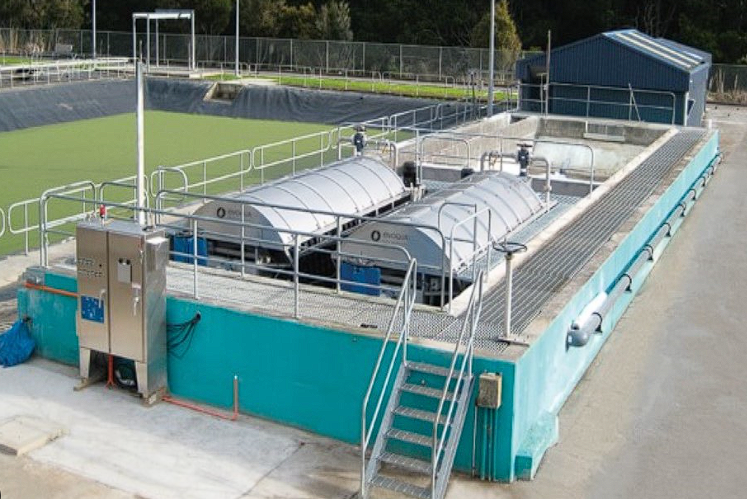
Tertiary Treatment
During tertiary treatment, the aim is to increase the final quality of the water so that it can be returned to the environment and, in some cases, used for human activity.
